Intro
As our beloved canine companions age, it becomes increasingly important to provide them with the care and attention they need to thrive in their golden years. Senior dogs have unique needs that require a holistic approach to wellness. In this blog post, we will explore various techniques and strategies to enhance the overall well-being of your senior dog through holistic enrichment. From proper nutrition to mental stimulation, we will cover a wide range of topics to help you support your furry friend as they age gracefully. Let’s dive into the world of Senior Dog Holistic Enrichment and Wellness Support for Senior Dogs.
Understanding the Unique Needs of Your Senior Dog
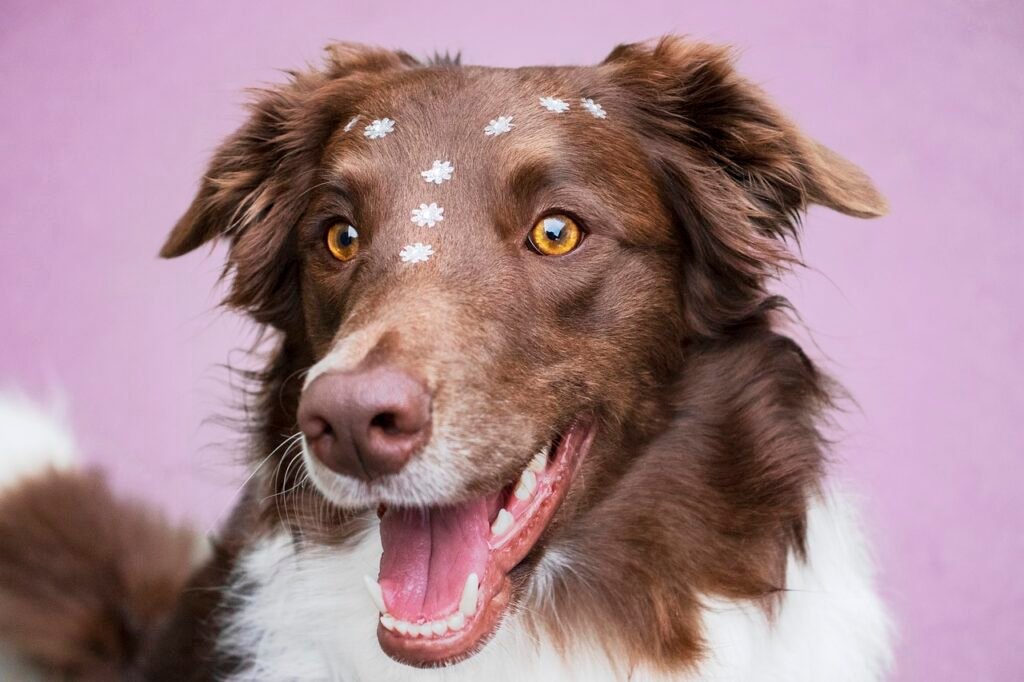
Navigating the golden years with your senior dog involves a keen awareness of their evolving needs. As dogs age, their bodies and behaviors undergo significant changes that may require adjustments to their daily care and routine. Recognizing these shifts early on is crucial for maintaining their health and happiness.
With each passing year, your senior dog may experience a decline in mobility, making it harder for them to get around as effortlessly as they once did. This newfound challenge underscores the importance of adapting their living space to be more accessible and comfortable. Incorporating ramps, orthopedic beds, and ensuring their favorite spots are easily reachable can make a world of difference in their quality of life.
Cognitive health also becomes a central focus for aging canines. Signs of confusion or disorientation warrant a gentle, patient approach to their care. Providing mental enrichment through simple training exercises or puzzle feeders can stimulate their brain, helping to slow the progression of cognitive decline. This not only keeps their mind engaged but also strengthens your bond during these precious years.
Sensory changes are another facet of aging that can’t be overlooked. Diminished hearing and eyesight may lead to increased anxiety in unfamiliar or loud environments. Creating a serene, safe haven at home where they can retreat when overwhelmed will help ease their stress.
Lastly, senior dogs may develop more delicate digestive systems, making nutrition a pivotal aspect of their care. Transitioning them to a diet that’s tailored to support aging bodies can alleviate potential discomfort and support their overall wellness.
Acknowledging and adapting to these needs with empathy and patience ensures that your senior dog’s journey through their later years is filled with as much joy and comfort as possible.
The Power of Proper Nutrition in Supporting Senior Wellness

Navigating the nutritional landscape for your senior dog is more than just a matter of choosing the right food; it’s about crafting a diet that sustains their health and vitality. As our dogs enter their senior years, their metabolic needs shift, often requiring fewer calories but more of certain nutrients. Integrating senior-specific formulas rich in antioxidants, omega fatty acids, and easily digestible proteins can significantly impact their overall wellness. These specially designed diets help counteract the effects of aging, support joint health, and maintain cognitive function.
One often overlooked aspect of senior dog nutrition is hydration. Ensuring your aging companion has constant access to fresh water is crucial, as dehydration can quickly lead to serious health issues in older dogs. Additionally, incorporating moist foods into their diet can aid in hydration and provide a palatable alternative for dogs with dental issues.
The introduction of natural supplements can also play a pivotal role in bolstering the health of your senior dog. From glucosamine for joint support to probiotics for digestive health, these supplements can fill any nutritional gaps in your dog’s diet. Consulting with your veterinarian to identify the right supplements can tailor a holistic approach to your senior dog’s nutrition.
Exploring the benefits of holistic nutrition doesn’t have to be a journey taken alone. Engaging with experts in canine nutrition and joining communities of fellow senior dog owners can provide valuable insights and support. Sharing experiences and tips can help illuminate the path to ensuring your senior dog’s diet fully supports their wellness journey, allowing them to thrive in their golden years.
Physical Activity Tailored for the Golden Years

Adapting exercise routines for senior dogs is not just about reducing the intensity but also about finding the right balance that keeps them both physically and mentally engaged. Gentle, low-impact exercises such as leisurely walks in the neighborhood or along a scenic path can provide the stimulation they need without overexerting their aging bodies. Incorporating these activities into their daily routine ensures they remain active and healthy, promoting better circulation and joint mobility.
Swimming emerges as a fantastic option for those looking to introduce their senior companions to non-weight-bearing activities. The buoyancy of water reduces stress on joints, making it an ideal form of exercise for dogs with arthritis or mobility issues. Sessions at a local pet-friendly pool or quiet, shallow bodies of water can be both refreshing and therapeutic, offering a fun variation from their daily walks.
Creative play within the confines of your home can also contribute significantly to their physical well-being. Simple games that encourage movement, like gentle tug-of-war or hide-and-seek with their favorite toys, can keep their muscles toned and minds sharp. These activities provide the added benefit of strengthening your bond, enhancing their overall happiness.
Tailoring physical activity to your senior dog’s individual needs requires a careful and considerate approach. Observing their response to different types of exercise will help you adjust the intensity and duration accordingly. It’s crucial to keep an eye out for any signs of discomfort or fatigue, as these may indicate the need for a gentler approach or a visit to the vet.
By embracing these tailored strategies for physical activity in the golden years, you ensure that your senior dog continues to enjoy a fulfilling and joyous life. Engaging them in regular, appropriate exercise not only supports their physical health but also enriches their daily living, making every moment spent together even more precious.
Mental Stimulation to Keep Their Minds Sharp

Embarking on a journey to maintain the mental agility of your senior dog is both rewarding and essential. Introducing novel, interactive toys can rekindle their curiosity and provide a fun way to keep their mind engaged. Toys that dispense treats when solved or those that mimic small prey movements can bring immense joy and mental challenge to your aging companion, fostering an environment of learning and play.
Exploring the world of puzzle games offers another avenue to sharpen their cognitive skills. These games challenge your dog to think critically and solve problems, which is vital for slowing down the cognitive aging process. Whether it’s sliding doors to uncover hidden treats or figuring out how to lift cones, puzzle games stimulate their brain in meaningful ways, keeping them mentally fit.
Revisiting training exercises or teaching new, simple tricks can also stimulate your senior dog’s mind. Training sessions, kept short and sweet, provide mental stimulation while reinforcing the bond between you. This practice not only keeps their learning faculties in motion but also boosts their confidence and sense of accomplishment.
Incorporating scent games into their routine taps into their primal instincts and offers an excellent mental workout. Hiding favorite treats around the house or in the backyard encourages your senior dog to use their nose extensively, engaging their brain in a natural and enjoyable way.
Lastly, social interactions with humans and other dogs play a crucial role in mental health. Organizing playdates or participating in group training classes can provide emotional and mental stimulation, ensuring your senior dog remains socially engaged.
By weaving these strategies into the fabric of your senior dog’s daily life, you contribute significantly to keeping their mind as sharp and spirited as ever, enriching their golden years with continuous learning and joy.
The Importance of Regular Veterinary Check-ups
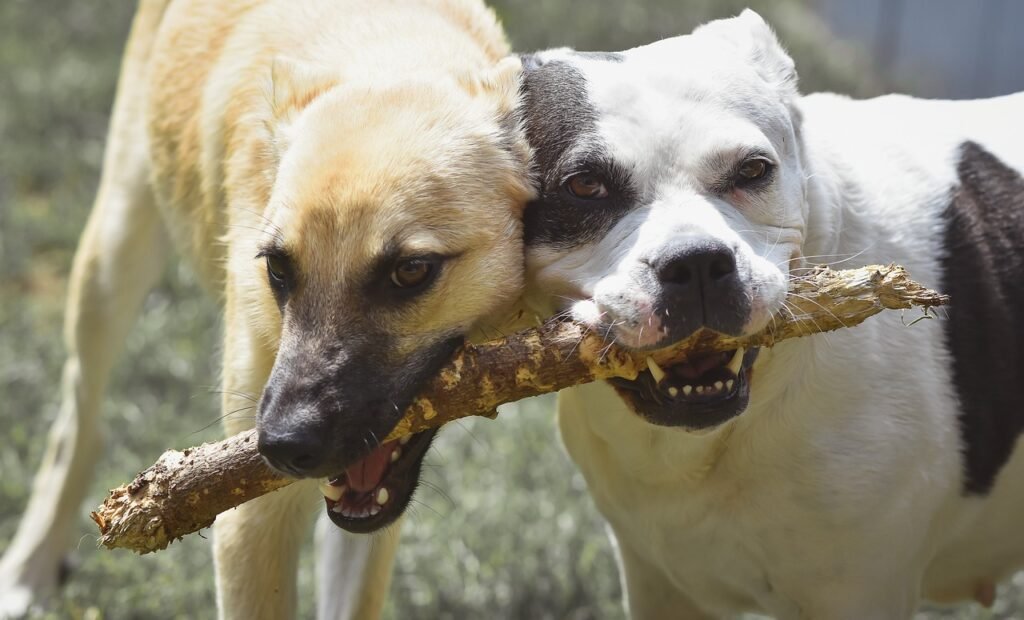
Embracing the journey of senior dog care involves more than just home adjustments and dietary tweaks; it necessitates a partnership with your veterinarian to ensure your dog’s health is monitored and maintained throughout their golden years. Routine veterinary check-ups stand as a cornerstone of proactive wellness, offering a window into the underlying health of your aging companion that might not be visible on the surface.
Scheduling regular visits with the vet goes beyond mere vaccinations and check-ups; it’s an opportunity for early detection of potential health issues that commonly affect older dogs, such as arthritis, dental disease, and kidney problems. These appointments allow your veterinarian to tailor a health plan that addresses your dog’s specific needs, adapting as they age.
Veterinary visits are also a prime time for open dialogue. This is your chance to voice any concerns or observations about changes in your dog’s behavior, mobility, or overall health. Your vet can provide invaluable advice on managing these changes, from adjusting diet to incorporating gentle exercises, ensuring your dog’s senior years are as comfortable and joyful as possible.
Lastly, these check-ups help fortify the bond between you, your dog, and the veterinary team. This relationship is crucial, as it ensures your senior dog receives not just medical care, but also the compassion and understanding they deserve. Trusting in the care and expertise of your veterinarian enriches the support network for your senior dog, setting the stage for a collaborative approach to their wellness.
Integrative Therapies for Enhancing Quality of Life
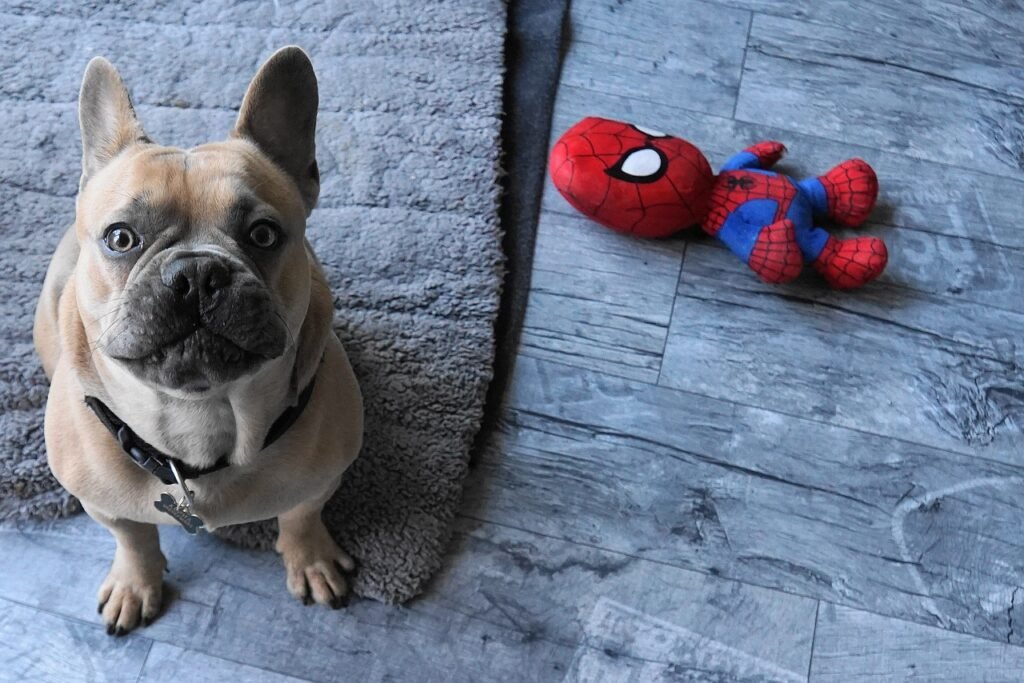
Exploring the realm of integrative therapies unveils a treasure trove of options for improving the life quality of our senior dogs. Acupuncture, for instance, stands out as a gentle yet effective method for alleviating pain and enhancing mobility. By targeting specific points on the body, this ancient practice promotes healing and relaxation, offering a beacon of relief for dogs facing the aches and pains of old age.
Massage therapy emerges as another pillar of support, providing not only physical comfort but also emotional solace. The power of touch cannot be underestimated; it can soothe sore muscles, boost circulation, and deepen the bond between you and your furry companion. Each stroke and gentle knead can help ease the tension that builds up in an aging body, making massage a cherished part of your dog’s routine.
Chiropractic care offers a complementary approach, focusing on the alignment of the spine to ensure optimal movement and function. This hands-on therapy can significantly reduce discomfort, improve flexibility, and restore a sense of balance to your dog’s life. It’s a pathway to enhancing their mobility, allowing them to navigate their senior years with grace.
Incorporating these integrative therapies into your senior dog’s wellness plan opens up new avenues for comfort and care, spotlighting holistic methods that honor their whole being. Each therapy provides unique benefits, weaving together a comprehensive approach to wellness that supports their journey through the golden years with love and compassion.
Creating a Comfortable Living Environment
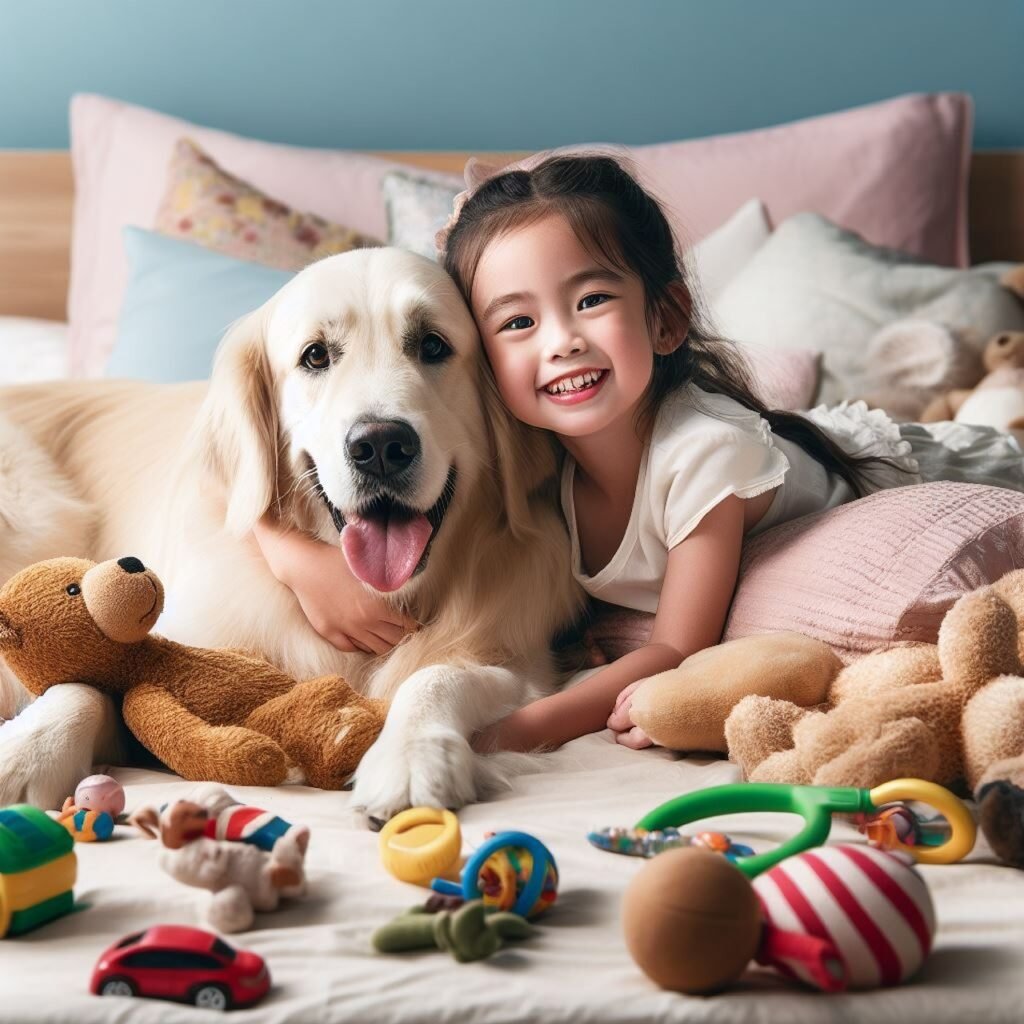
Designing a sanctuary tailored to your senior dog’s evolving needs plays a pivotal role in their well-being. Thoughtful adjustments to your living space can transform their daily experience, providing a foundation of comfort and security. Start by evaluating their favorite resting spots. Ensuring these areas are easily accessible, free of obstacles, and equipped with plush, orthopedic bedding can alleviate the stress on aging joints, inviting peaceful slumber.
Elevating their dining experience is another thoughtful touch. Raised food and water dishes can prevent strain on their neck and back, making meal times a comfortable and enjoyable affair. This simple change supports their independence and maintains a dignified posture as they dine.
Lighting can dramatically affect a senior dog’s confidence in navigating their home. Strategic placement of nightlights in hallways and near their bed can guide them during low-light conditions, reducing anxiety and enhancing their autonomy.
Temperature regulation becomes increasingly important as dogs age. Keeping your home at a consistent, comfortable temperature helps mitigate discomfort associated with arthritis and other age-related conditions. Offering a warm spot during cooler months and a cool retreat when it’s warm ensures they can always find relief.
Incorporating these thoughtful elements into your home not only enriches your senior dog’s environment but also deepens the bond you share, creating a haven of comfort and care that celebrates their golden years.
The Role of Social Interaction in Senior Dog Wellness

Fostering meaningful connections is key to enriching the life of your senior dog, underscoring the importance of regular, loving interaction. These shared moments, whether they’re gentle play sessions, calm walks in the park, or simply cozying up together at home, provide essential emotional support. They remind your aging companion that they’re not alone, offering comfort and companionship during their twilight years.
Delving into social experiences outside the immediate family unit can be equally beneficial. Introducing your senior dog to new furry friends or welcoming visitors can invigorate their spirit and stimulate their mind. Such encounters encourage gentle exercise and mental engagement, helping to keep their cognitive functions sharp.
Creating opportunities for your senior dog to interact with the world around them not only maintains their social skills but also combats the risk of isolation and depression common in aging animals. The joy found in the wag of a tail during a surprise visit or the excitement of a new scent on a walk can make all the difference.
By prioritizing these social interactions, we pave the way for a balanced, fulfilling life for our senior dogs, ensuring their golden years are filled with happiness and love.
The Benefits of Routine in a Senior Dog’s Life

Crafting a daily routine for your senior dog acts as a beacon of stability in their world. Predictable schedules for feeding, walks, and bedtime not only help manage their internal clock but also bring a comforting rhythm to their day. This regularity is especially beneficial for those battling cognitive changes, providing anchor points that can ease confusion and anxiety.
Integrating structured playtime and exercise into this routine keeps their body and mind engaged at a level that’s appropriate for their age. Whether it’s a morning stroll around the block or a brief afternoon game session, these activities help maintain their physical health while offering reassuring consistency.
Setting aside moments for affection and companionship within this daily framework reinforces the bond between you and your senior dog. Scheduled cuddle times can be something they look forward to, ensuring they feel loved and secure.
Routine veterinary check-ins, as part of their regular schedule, play a critical role in preemptive health care, catching potential issues early and adapting their care plan as needed. This foresight in healthcare scheduling supports their overall well-being, allowing them to enjoy their senior years with minimal discomfort.
By mindfully establishing a daily routine, you’re providing a foundation of comfort and predictability for your senior dog, enabling them to navigate their twilight years with grace and joy.
Understanding and Preparing for End-of-Life Care
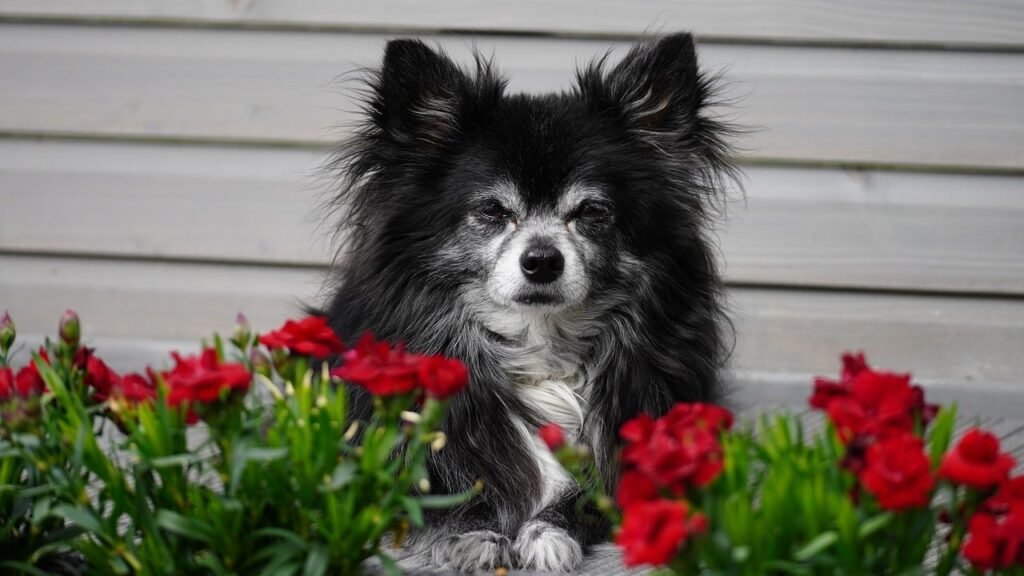
Facing the twilight phase of your senior dog’s life with grace and knowledge underscores the depth of your bond and the care you wish to provide. Discussions around end-of-life care, including palliative measures or the heart-wrenching decision of euthanasia, should be approached with compassion and informed clarity. Engaging in open conversations with your veterinarian can illuminate the path to ensuring your dog’s final days are comfortable and dignified. Embracing this phase with preparedness allows you to cherish each moment, offering peace to both you and your beloved companion as you navigate this tender journey together.
